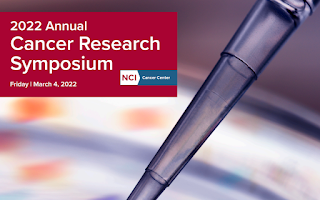I went to a Latin social last Sunday at Reach dance studio in south OKC. They are newly testing out Sunday evening party. I go to dancing like going to gym (pre-covid time lifestyle), and such party can be a good fit for my lifestyle. There, I came across a friend and ended up teaching Tango for about 30 minutes.
The deal was, she had 25 years of experience in Ballet, Jazz and other dances in professional dance settings. One of those dancers who can do "just dance it, think about it later", a trait of naturals.
In the 30 minutes, many of Tango basics could be covered (axis, embellishment, walk, walk and pivot [back/front ocho], grapevine [molinete], Tango embrace, plus a few rules).
These primers are meant to be like an additional line in geometry, to help seeing the basics in apparently super-complicated Argentine Tango dance. Once you get the concepts of the dance, you can use now-ubiquitous YouTube videos to see how they are used, find drills, and you can practice.
I'd say if she does that (i.e., picking up Tango drills to use her ballet background, which has very good inherent affinity with the Tango dance, and getting ready to use them), she would be a quite decent Tango dancer in the area in no time.
Learning speeds differ among learners.
For most adult learners starting from scratch, Tango is said to take months only to walk properly. I am no mystics nor have conflict of interest of benefiting from keeping students for long. I want to call the "it takes long time" saying a bull. But for many, it indeed takes that long time.
On the other hand, we have seen on TV shows that aspiring young dancers with little or no Tango background can do fine performance on stage with just one week preparation time. That's what "real dancers" can do. The friend would be on this track.
The difference is from preparedness.
For Tango, people preach strongly about connection. Connection is a person-to-person level dance skill. It is actually an advanced-level skill, like techniques in sparring in boxing.
For most adult learner-from-scratch-Tango dancers, the hurdle is before connection.
In boxing analogy, you'd better learn a lot of things before even considering sparring; how to throw punches, how to predict and dodge opponent's punches, build basic physical strength to keep moving and to endure hits, and so on. They are all what you do by yourself.
These "throwing punches" equivalent would be knowing how to connect to your own body and move them beautifully and efficiently. And that is the major difference between "normal" beginners and "dancer" beginners.
If you think your connection and partnering are poor, the first thing is to check what you can do. What you think you are doing is very often different from what you are doing.
"Show me your back ocho. By yourself." And you lose your own balance? You may not be ready to talk about connection yet.
25 years plus 30 minutes can get her above many other Tango learners already.
I hope she'd take interested in Tango and stick around. I'd love to have more decent Tango dancers around here.

